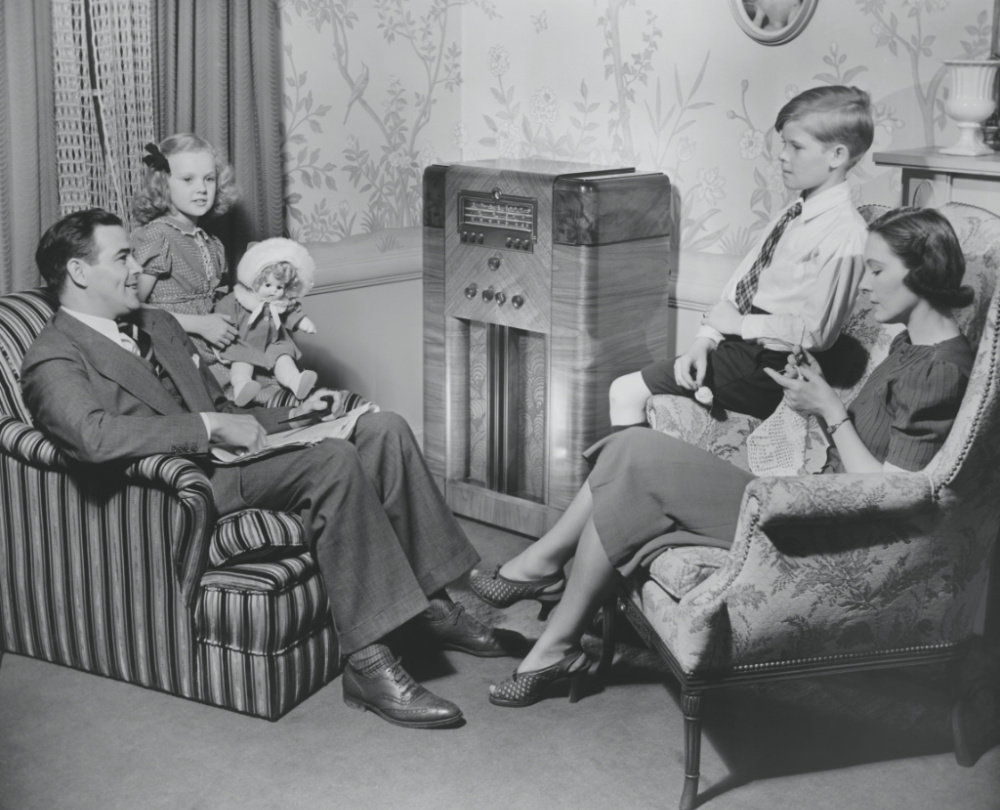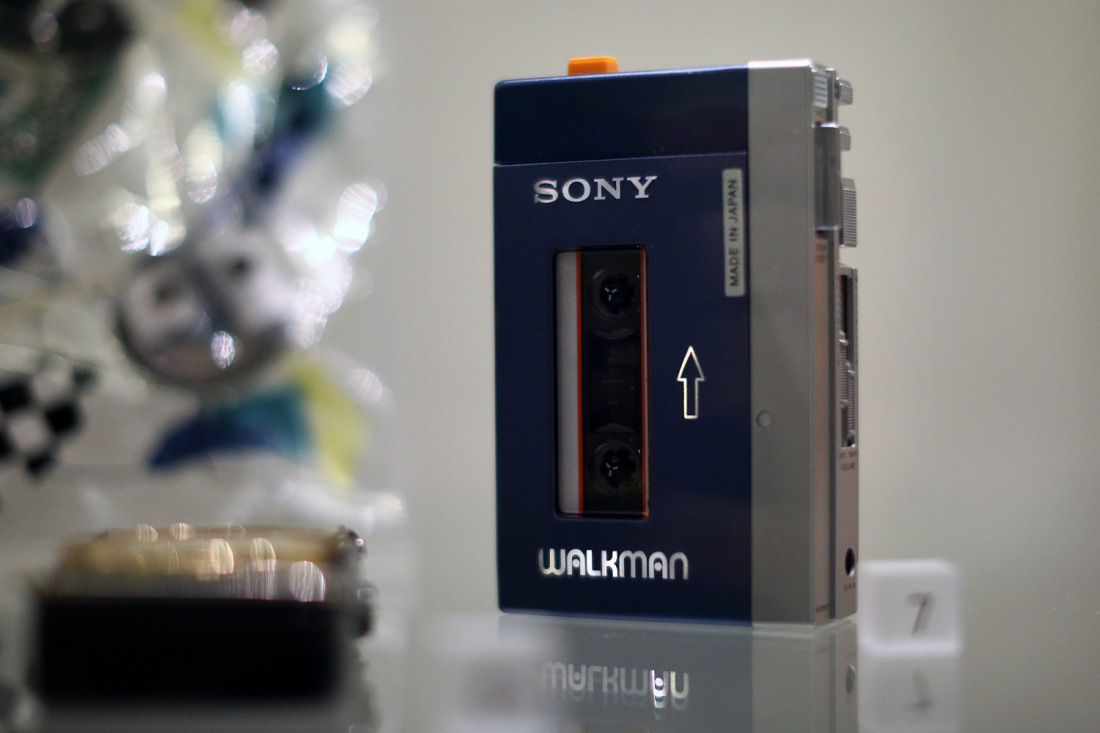
Last year in Australia, vinyl records outsold CDs. In the year of Covid-19 — in the digital age — it seems a younger generation has re-discovered the world of black plastic fantastic.
I asked a (much) younger colleague why he was into vinyl records. “It offers a richer sound than downloadable digital songs, and they’re beautifully packaged,” he explained. “It’s something you can hold in your hands and admire.”
Records are entirely different from digital downloads. They take up a lot of space, play on bulky equipment, scratch easily and sometimes develop surface noise.
I sat down with my young friend and reminisced about an era when you would hear a song on the radio, head off to the local record shop to buy it, only to discover it was a new recording and not available in Australia yet. You would then order it, wait weeks for it to arrive, and when it finally landed, take it home and play it over and over again on a big piece of furniture called a radiogram, which was connected to the wall with an electric cord.
Radiograms were generally made up of a turntable, a radio and a storage area for the vinyl. They were most popular in the post-war era of the mid-1950s and suddenly mushroomed in sales when singles and ‘long playing’ (LP) records replaced 78s. One of the big features was the ‘auto-changer’. Such technology!

Prior to the arrival of the transistor in the mid- to late-1950s, a radio was called a wireless and would sit on the kitchen sideboard, operated by electricity. With the introduction of the transistor, music was suddenly portable. With just a couple of AA batteries you could, at last, take the music with you.
Very few cars at that time had a car radio fitted. Unlike today where radio is standard, the best you could do back then was to buy and retro fit a ‘Ferris’ Car Radio, so most of us just made do with the “tranny” sitting on the dashboard.
Portable record players started to emerge in the early 1960s. By then, the transistor revolution meant that records could be played on a battery-powered outdoor device, although they still needed a flat surface.
Cassette decks started out as a professional machine for dictation and for use by journalists, but by 1970 — with improvements in technology — it became possible to reproduce a high-quality sound with what had previously been used for speech only. Cassette decks began to replace tape recorders. Who can remember sitting with finger poised on the ‘record’ button of the cassette deck, waiting to catch the latest Led Zeppelin song about to be played on the radio, or playing back Cold Chisel again and again, in a vain attempt to hear the words of their latest hit?
Then, in 1979, the Sony Corporation introduced the ‘Walkman’. Recorded music became truly portable for the first time.

In its first year alone, the Walkman sold millions of units around the world and musician Cliff Richard even wrote and recorded a song about it in 1981 named “Wired for Sound”.
The original Walkman introduced a real change in music listening habits by allowing people to carry music with them and listen through lightweight headphones. The Walkman also offered personalisation of recorded music for the first time, and having the ability to customise a playlist was an exciting revolution in music technology. With brilliant marketing, Sony created a personal music machine long before the iPod came along in 2001.
So, from the mid-’50s to the early 1980s we witnessed a technical revolution in how we played and listened to our music. From 78s we progressed to singles (45s) and LPs (33s). From the wireless we moved to transistor radios, from radiograms to portable record players and from the bulky tape recorders to the cassette deck and the Walkman.
In fewer than 30 years the technology through which we listened to music had changed dramatically and, I would have thought, irreversibly. And yet today some young music devotees are choosing the old vinyl records over the latest digital technology, where all the latest songs are available for immediate download within hours of being released or for streaming instantaneously from Spotify on a mobile phone or other hand-held device.
Do you think the vinyl resurrection is just a fad or a serious trend taking us back to the future?